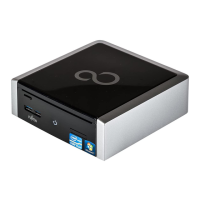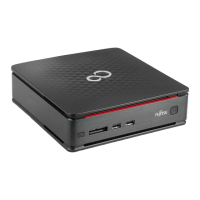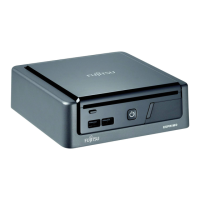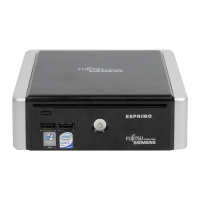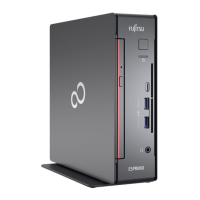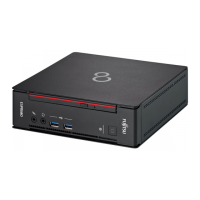What to do if the Fujitsu Desktop screen stays blank?
- PPenny FrancisAug 1, 2025
If your Fujitsu Desktop screen remains blank, several factors could be the cause. Here's what you can check: * Ensure your monitor is switched on. * Press any key or deactivate the screen saver in case power saving mode is active; enter the password if required. * Adjust the brightness control on your monitor. * Verify that the power cable is properly connected to both the monitor and a grounded mains outlet, or the monitor socket of the device. Also, check the device power cable. * Confirm that the monitor cable is securely connected to both the device and the monitor.
